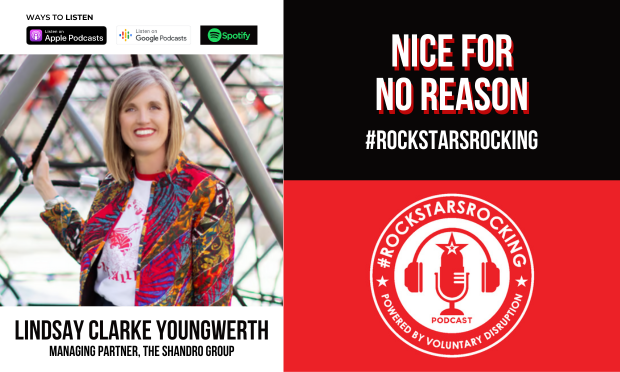In September, President Obama issued an executive order titled"Establishing Paid Sick Leave for Federal Contractors" thatrequires companies that do business with the Federal government toprovide their employees with at least seven days of paid sick leaveeach year, including paid leave to allow for family care.
|The executive order is estimated to provide paid sick leave toapproximately 300,000 employees of federal contractors and isscheduled to take effect January 1, 2017.
|According to a press release from the National Federation ofIndependent Business (NFIB), it is "a move widely seen as a nod toanti-business, pro-labor groups ahead of the 2016 elections," andit "comes as Congress resists legislation to change laborconditions and pay to cover all private-sector workers."
|The NFIB press release continued: "Though President Obama andadministration officials are touting the new paid sick leave order,this is yet another example of burdensome regulatory oversight thatwill harm small businesses."
|Jack Mozloom, NFIB media director, noted: "No business inAmerica would require its suppliers and contractors to increasecosts that will naturally boomerang back in the form of higherprices. Although mandatory paid leave is a great benefit forworkers whose employers offer it, for those workers whose employerscan't absorb the cost, it is an arbitrary expense that willultimately result in shorter hours, lower pay, or disappearingjobs."
|According to a September press release the Small BusinessCommittee of the U.S. House of Representatives, this most recentexecutive order is just part of a string of such orders in recentyears. "Since taking office, President Obama has issued 13executive orders directed at federal contractors," said therelease. "These orders have resulted in 16 new regulations so far,with more to come. Collectively, these edicts are placingtremendous pressure on our country's industrial base - particularlyon small contractors - at a time when they can least affordit."
|"This has become death by a thousand paper cuts," said Rep.Steve Chabot (R-OH), chairman of the House committee. "Smallcontractors know that they live or die by their workforce, andwould be happy to work with the Administration and Congress onreforms to help these employees. Instead, they are being forced outof the federal marketplace, because the cost of doing business isjust too high."
|According to the House committee press release, "More than100,000 companies have stopped doing business with the federalgovernment in the last three years. The more barriers thisAdministration puts up, the fewer small businesses will be able tocompete for federal contracts. This is bad for small business andbad for government. As basic economics dictates, less competitiondrives prices up, not down."
|And, in a letter to the Administration pleading for thepresident to stop issuing so many executive orders impactingprivate businesses, the presidents of four organizations whosemembers are engaged in contract work with the Federal government(the Aerospace Industries Association, the Information TechnologyIndustry Council, the National Defense Industrial Association, andthe Professional Services Council) noted, "While well-intentioned,some of the executive orders have required substantial investmentsin time and systems, even though their actual impact is exceedinglyminimal. As such, some estimate that nearly 30 cents of everycontract dollar goes toward compliance with unique governmentregulations."
Complete your profile to continue reading and get FREE access to BenefitsPRO, part of your ALM digital membership.
Your access to unlimited BenefitsPRO content isn’t changing.
Once you are an ALM digital member, you’ll receive:
- Critical BenefitsPRO information including cutting edge post-reform success strategies, access to educational webcasts and videos, resources from industry leaders, and informative Newsletters.
- Exclusive discounts on ALM, BenefitsPRO magazine and BenefitsPRO.com events
- Access to other award-winning ALM websites including ThinkAdvisor.com and Law.com
Already have an account? Sign In
© 2024 ALM Global, LLC, All Rights Reserved. Request academic re-use from www.copyright.com. All other uses, submit a request to [email protected]. For more information visit Asset & Logo Licensing.








